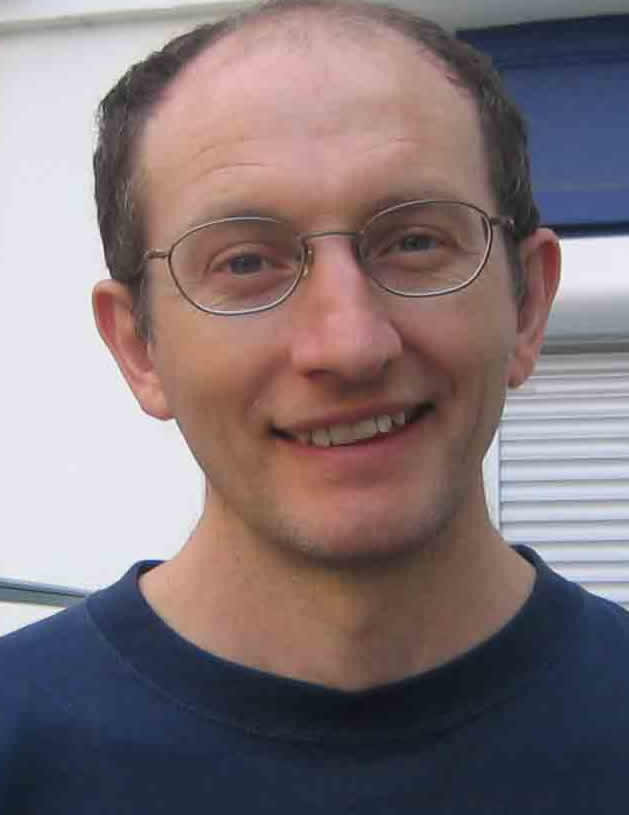NSF Program Announcement Research Activities MARGINS-NSF Awards Event Response Policy Data Policy Data Server Post-Doctoral Fellowships Related Websites
|
||||||||||||||||||||
MARGINS Office |
|
The MARGINS research program involves focusing expertise and resources in several study areas in order to solve fundamental questions. Research will be conducted using nested multidisciplinary programs of field experiments, numerical simulations and laboratory analyses. The initial implementation plan is based on four initiatives:
Without an hierarchical committee structure, with its attendant costs and bureaucratic overhead, a coordinating office is essential to organize the MARGINS planning effort (through e-mail, planning meetings and workshops), hold special conferences (e.g., Theoretical Institutes and town meetings), disseminate information to a large and diverse community about MARGINS research opportunities and activities (via web sites, newsletters, working group reports, Theoretical and Experimental Institute publications), facilitate collaborative research with international margins programs (e.g. InterMARGINS), and to help coordinate the scientific response to MARGINS "events" in case study areas (e.g., earthquakes, tsunamis, volcanic eruptions, severe storms and floods). Another role adopted by the MARGINS Office has been to assist principal investigators in setting up budgets for workshops and theoretical institutes and then assuming responsibility for organizing the meeting logisitics (e.g. Costa Rica SubFac/SEIZE workshop, Northern California S2S TEI, Puerto Vallarta RCL meeting, Hawaii IBM meeting, Snowbird SEIZE TEI, and a range of AGU Town Hall Meetings). The Office also promotes education and outreach activities (information at http://www.nsf-margins/EPO) and is the liasion between principal investigators and the "data access center" for cruise and expedition metadata hosted by the Marine Geoscience Data System (Lamont-Doherty Earth Observatory). The MARGINS Office moves and the Office Chair and staff change every three years. The office was located in Honolulu, Hawaii until 2000, when it moved to Lamont-Doherty Earth Observatory (LDEO) of Columbia University, New York. On October 1, 2003, the office was transferred to the Department of Earth & Planetary Sciences at Washington University in St. Louis in St. Louis, Missouri. And most recently, after the office had spent 2006-2007 in the Department of Earth Sciences at Boston University, the office moved to its current location at the Lamont-Doherty Earth Observatory of Columbia University,New York. |
 Geoff Abers Geoff Abers MARGINS Chair (845) 365-8539 abers @ ldeo.columbia.edu |
|
 Niva Ranjeet Niva Ranjeet MARGINS Office Coordinator (845) 365-8711 ranjeet @ ldeo.columbia.edu |
 Karen Benedetto Karen BenedettoMARGINS Office Administrator (845) 365-8713 karenb@ ldeo.columbia.edu |
|

 Andrew Goodwillie
Andrew Goodwillie 
